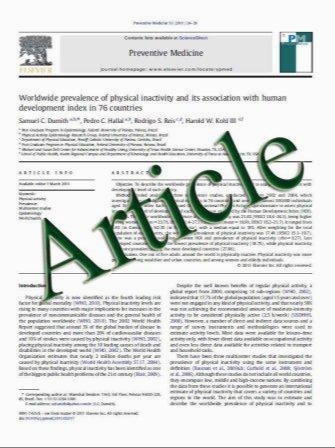Gait Abnormalities in Multiple Sclerosis: Pathogenesis, Evaluation, and Advances in Treatment
- نوع فایل : کتاب
- زبان : انگلیسی
- مؤلف : Michelle H. Cameron & Joanne M. Wagner
- چاپ و سال / کشور: 2011
Description
Multiple sclerosis (MS) is a demyelinating disease of the central nervous system characterized by episodic decline in various neurologic functions. Gait dysfunction in MS is distinguished by decreased gait speed, walking endurance, step length, cadence and joint motion, as well as increased metabolic cost of walking and increased variability of gait. Standardized clinical, timed, and patient-based measures can identify MS patients with gait dysfunction, and observational gait analysis, instrumented walkways, or three-dimensional gait analysis can help determine which problem underlies their gait dysfunction to help direct effective treatment. Exercise may ameliorate all types of gait dysfunction. In addition, gait dysfunction due to weakness may be alleviated by orthoses or functional electrical stimulation; gait dysfunction due to spasticity may be relieved by oral, intrathecal, or intramuscular medications. Assistive devices and balance training may reduce gait dysfunction from imbalance, and dalfampridine may accelerate gait in people with MS who walk slowly.
Curr Neurol Neurosci Rep DOI 10.1007/s11910-011-0214-y Springer Science+Business Media, LLC (outside the USA) 2011


